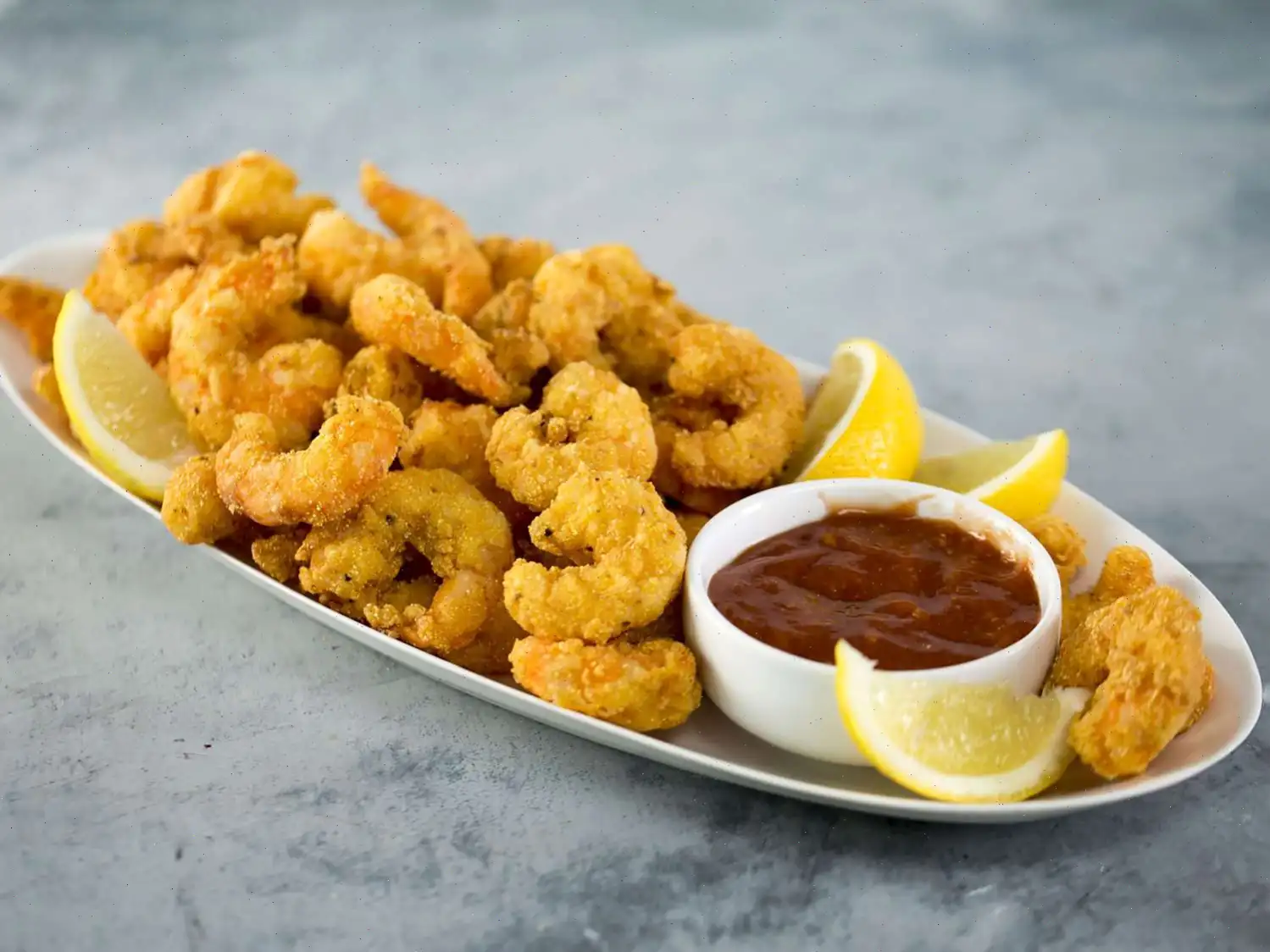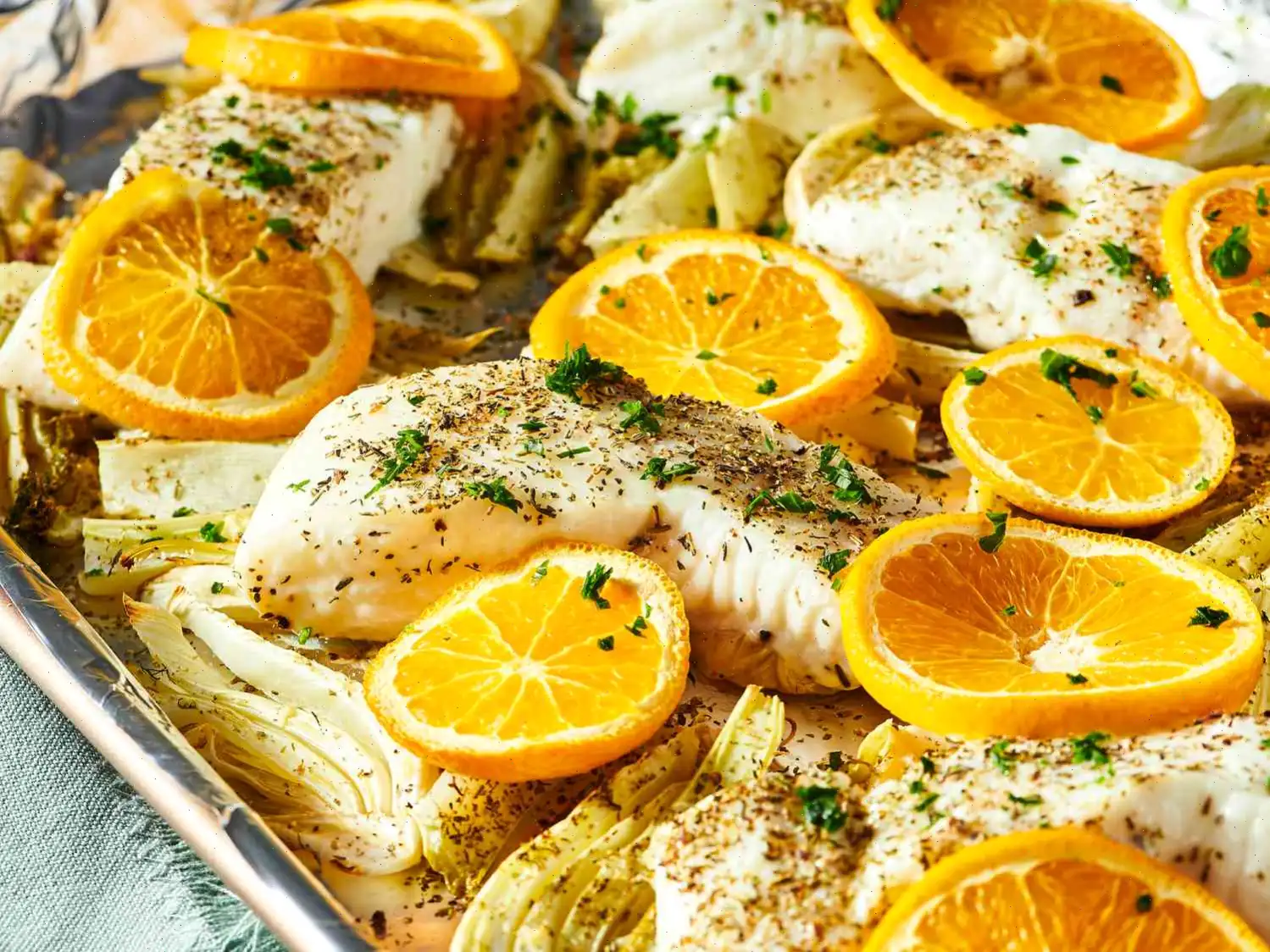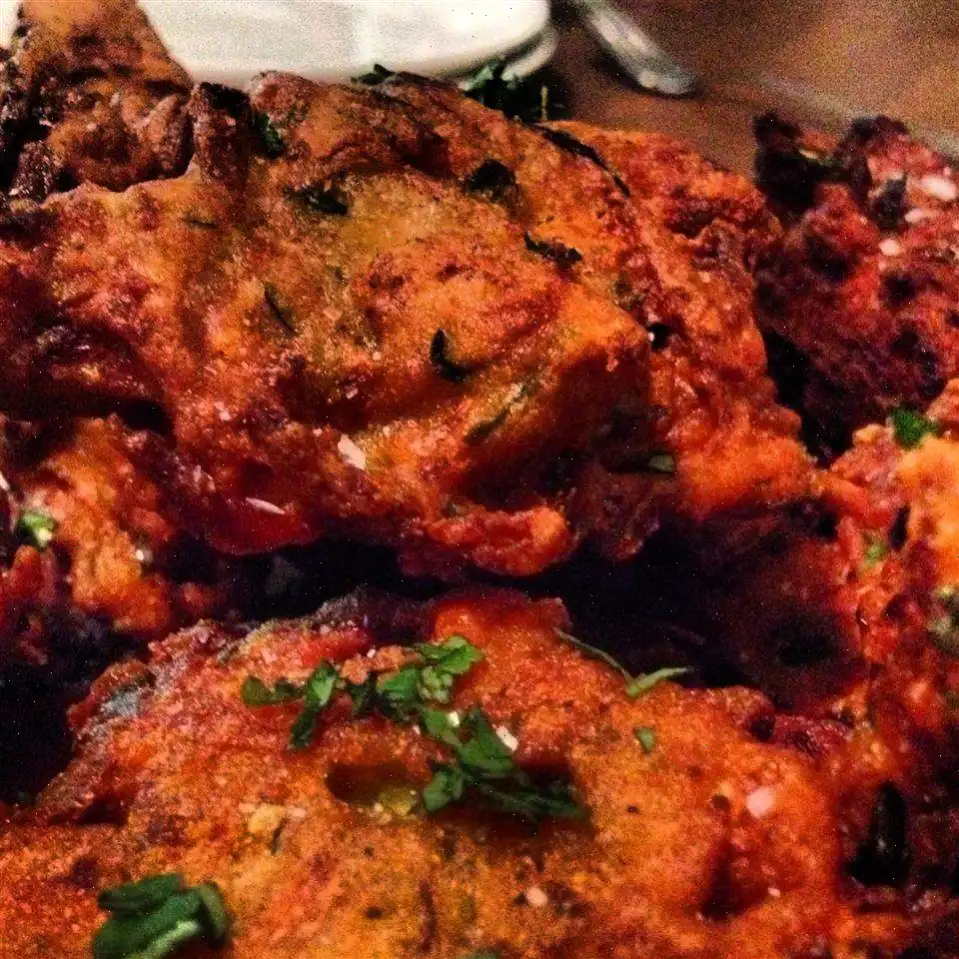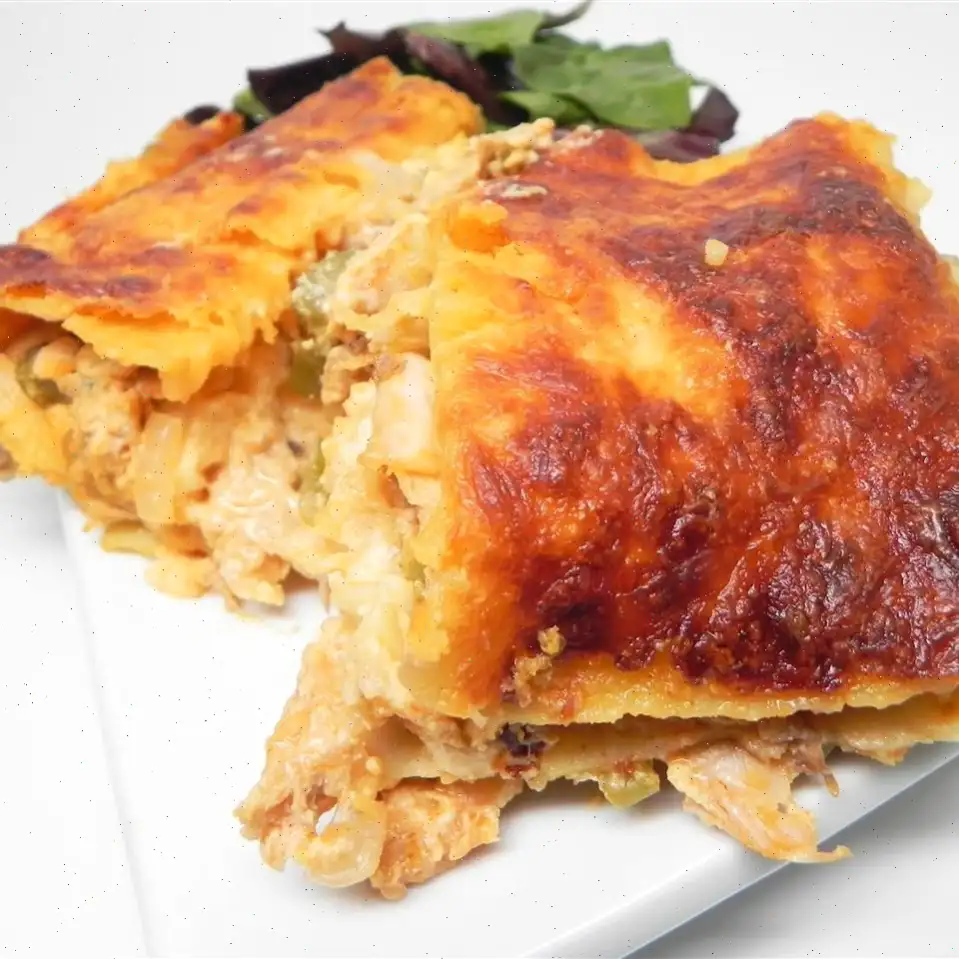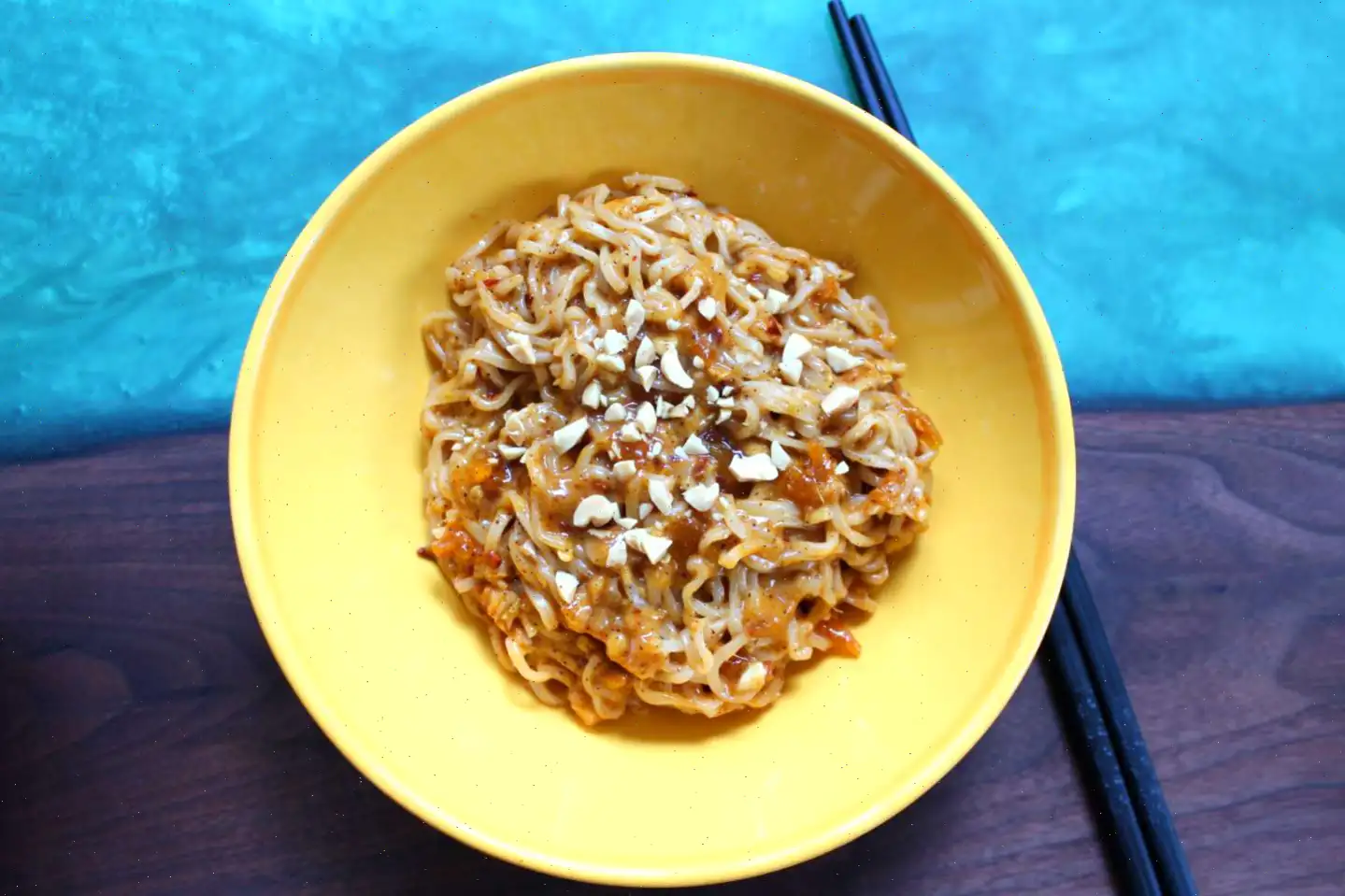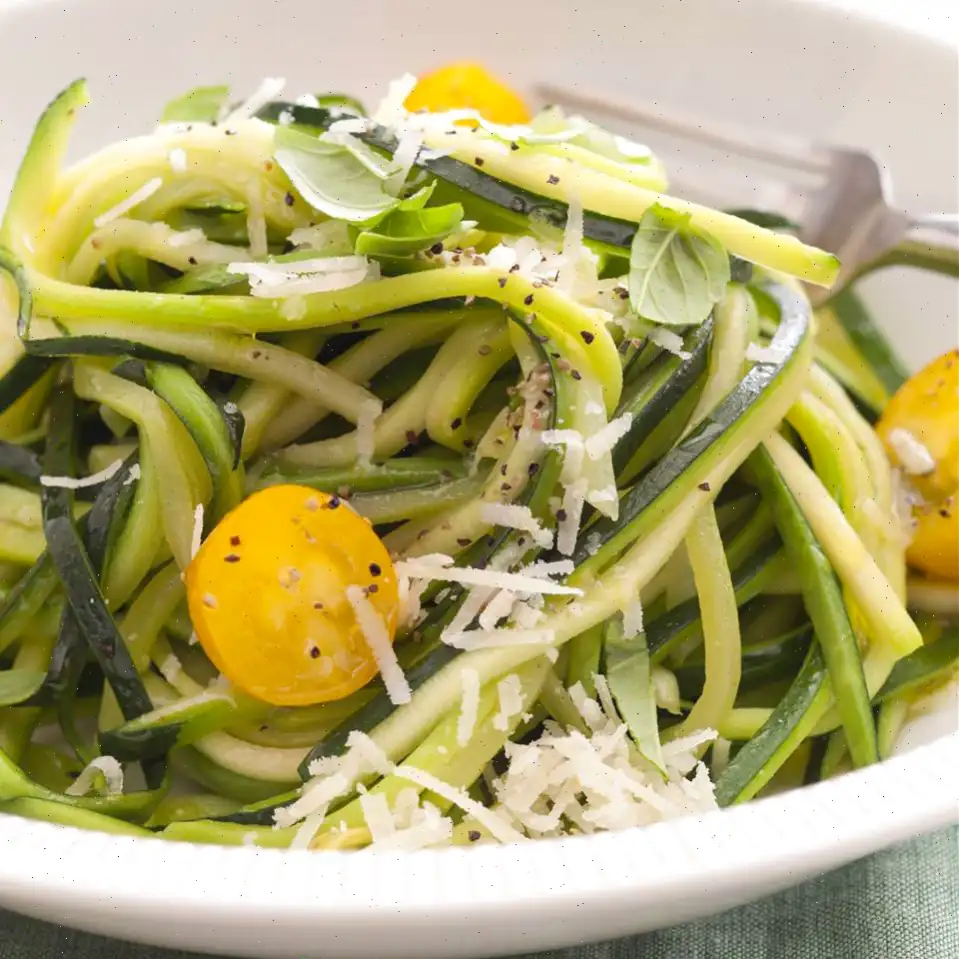
Perfect Fried Shrimp Recipe
Ingredients
This recipe yields 6 servings:
- 3 cups canola oil (or as needed)
- 2 large eggs, beaten
- 1 cup whole milk
- 2 tablespoons hot chile sauce (such as Cholula)
- 2 pounds large peeled, deveined raw shrimp
- 3/4 cup all-purpose flour
- 2/3 cup cornmeal
- 1 1/2 teaspoons kosher salt
- 1 teaspoon freshly ground black pepper
- 1/2 teaspoon cayenne pepper
Directions
Step 1: Pour canola oil into a large deep skillet to a depth of about 2 inches. Heat the oil over medium-high heat until it reaches 370F (185C).
Step 2: In a shallow dish, whisk together the eggs, milk, and hot sauce. Add the shrimp to the mixture and toss to coat each shrimp evenly.
Step 3: In a separate shallow dish, combine the flour, cornmeal, kosher salt, black pepper, and cayenne pepper. Whisk well to ensure even distribution of the spices.
Step 4: Take 6 to 8 shrimp from the egg mixture, allowing excess liquid to drip off. Dredge each shrimp in the flour mixture, making sure its fully coated.
Step 5: Carefully place the dredged shrimp into the hot oil. Fry them for about 2 minutes, or until the coating turns golden and crispy. Use a slotted spoon to remove the shrimp from the oil and place them on a baking sheet lined with paper towels to drain excess oil.
Step 6: Repeat the process with the remaining shrimp. Before adding each new batch, allow the oil to return to 370F (185C) by adjusting the heat as needed.
Cooks Notes
If you prefer a more complex flavor profile, consider adding spices like paprika, cumin, or extra cayenne. You can also adjust the cooking time depending on the size of your shrimp to ensure they cook through perfectly.
Editors Note: The nutritional information includes the full amount of breading ingredients. The actual amount of breading consumed may vary. Weve calculated the oils nutritional content based on a 10% retention rate after frying, but this can vary based on cooking time, oil type, and temperature.
Nutrition Facts (per serving)
| Calories | 367 |
|---|---|
| Total Fat | 17g (22%) |
| Saturated Fat | 3g (13%) |
| Cholesterol | 257mg (86%) |
| Sodium | 1342mg (58%) |
| Total Carbohydrate | 26g (10%) |
| Dietary Fiber | 2g (6%) |
| Total Sugars | 2g |
| Protein | 27g (54%) |
| Vitamin C | 4mg (4%) |
| Calcium | 142mg (11%) |
| Iron | 2mg (10%) |
| Potassium | 318mg (7%) |
* Percent Daily Values are based on a 2,000-calorie diet. Your daily values may be higher or lower depending on your calorie needs.
The History of Fried Shrimp
Fried shrimp has a long and fascinating history that traces back to coastal communities where seafood was abundant. In the United States, the popularity of fried shrimp is closely linked to Southern cuisine, especially in states like Louisiana and South Carolina. Early settlers and immigrants adapted simple frying techniques from European cuisines, combining them with locally sourced shrimp to create a crispy, golden delicacy. Over time, fried shrimp became a staple at family gatherings, seafood boils, and festive occasions.
Regional Variations and Specialties
Across the United States, fried shrimp takes on distinct regional flavors. In the South, it is often seasoned with cayenne, paprika, and black pepper for a slightly spicy kick. Along the Gulf Coast, cornmeal is commonly used in the batter, giving the shrimp a unique crunch. In contrast, East Coast versions may favor a lighter flour coating, emphasizing the shrimp's natural sweetness. Some coastal areas also serve it with regional sauces such as remoulade, tartar, or spicy aioli, enhancing the dishs local identity.
How Fried Shrimp Differs from Similar Dishes
While shrimp can be grilled, sauted, or baked, fried shrimp is distinguished by its crispy exterior and tender interior. Compared to tempura shrimp, which uses a delicate Japanese-style batter, American fried shrimp often incorporates cornmeal and spices, resulting in a more robust texture and flavor. Shrimp scampi, by contrast, is sauted in butter and garlic, highlighting a rich, saucy profile rather than a crunchy bite. The combination of deep frying, seasoned batter, and precise oil temperature makes fried shrimp uniquely satisfying.
Typical Serving Contexts
Fried shrimp is most commonly served in casual dining settings, seafood shacks, and at family-style gatherings. It pairs well with classic Southern sides such as coleslaw, hush puppies, fries, or grits. In restaurants, it may also appear as an appetizer with dipping sauces ranging from cocktail sauce to spicy remoulade. Outdoor events, beachside grills, and festivals frequently feature fried shrimp as a convenient and crowd-pleasing dish.
Interesting Facts
- Fried shrimp is not only popular in the United States; variations exist worldwide, including in Southeast Asia, where coconut batters are used.
- The perfect fried shrimp requires precise oil temperatureusually around 350370F (175185C)to ensure a crisp coating without overcooking the shrimp.
- Historically, fried shrimp was considered a luxury item, often reserved for special occasions due to the cost and labor of preparation.
- Innovative chefs now experiment with gluten-free batters, panko crumbs, or even tempura-style coatings to create new textures and flavors while preserving the classic crunch.
- Despite its simplicity, fried shrimp has inspired competitive cooking contests, especially in coastal towns where shrimping is a major industry.
You can listen to this recipe in AI audio format. Simply click the play button below to listen to the content in a format that suits you best. It’s a great way to absorb information on the go!
FAQ about Perfect Fried Shrimp Recipe
Comments
Adam Davis
02/24/2023 10:07:37 PM
This product worked outstandingly. Properly chilling/soaking it really makes a difference in getting the batter to adhere to the shrimp. It's crucial to monitor the oil temperature; I suggest beginning at 370 degrees and then maintaining it around 350 once you start cooking.
Christopher Baker
09/16/2023 11:11:23 AM
I believe a crucial step was overlooked in the preparation process. For the batter to adhere properly to the shrimp, it's essential to coat them in flour first, then dip them in the egg mixture, and finally coat them in the flour/cornmeal combination. Unfortunately, the batter didn't stick to the shrimp well, resulting in a lack of flavor in the dish. Regrettably, this recipe didn't meet expectations and won't be added to my collection of favorites.


